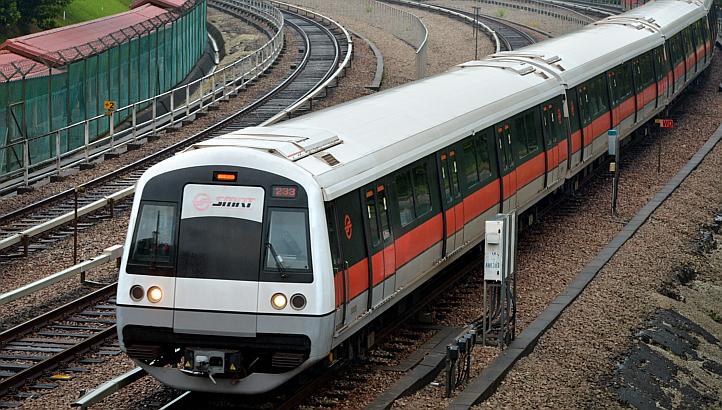SMRT’s admission of the disregard of a key safety procedure that led to the death of two trainees – reversing its earlier comment that procedures had been observed – confirmed what many had suspected. Indeed, one might ask if there were other procedures that were ignored, as more than one layer of precautions is called for generally to protect the life and limb of staff and the public. Such safety rules should be made known as the rail operator scrutinises and tightens its systems after last week’s accident.
SMRT has established a team to evaluate all workplace safety procedures and has also instituted mandatory team-level safety reviews. This is the correct approach as many actions are interrelated. For example, could the accident have been averted if the train involved was stopped from travelling in auto mode at a speed of 60kmh with workers along the track? This exercise must lead to the strengthening of the safety protocol so that a single lapse does not result in the loss of lives. Across the wide spectrum of activities that are part and parcel of the provision of safe and efficient rail travel, there will be a number of operating procedures that are deemed important enough to warrant cross-checks or two-step activation. SMRT must do whatever it takes to help make its systems fail-safe.
The rail operator did the right thing when it took responsibility for the events and offered a timely apology for the accident, which claimed the young lives of Mr Nasrulhudin Najumudin and Mr Muhammad Asyraf Ahmad Buhari. Its senior management must go on to take an unflinching look at its safety standards, as it did at the factors that had led to repeated service breakdowns and security breaches in the past. From a wider perspective, it must have a reliable overall system of catching individual errors of judgment, pinpointing and quickly correcting systemic issues, mitigating the effects of unforeseeable events, and keeping rail assets in good order at all times. The tragedy will not be in vain if it prompts SMRT to re-examine its organisational culture along with its operating standards.
The expansion of the rail network is increasing the complexity of the overall system. When the MRT system began in 1987, the service was only between Yio Chu Kang and Toa Payoh on the North-South Line. The rail network is to double from a length of 178km now to about 360km by 2030 – higher than those of Tokyo and Hong Kong and comparable to New York City’s system length. Alongside the expansion, there will be a renewal of older lines. With more stations and trains, its day and night operations will call for a fail-safe culture that permeates every part of the organisation – from the boardroom to the shop floor. SMRT simply cannot afford to lower its guard in any area.
